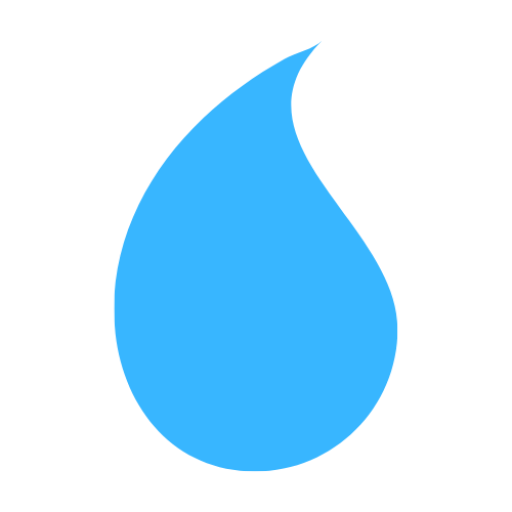products of expertise
Wine Production and Bottling
We help YOU navigate the wine industry with ease and confidence
Simplifying Decisions for Wine Production and Bottling Plants
At PackFlow, we’re a team of seasoned professionals with hands-on experience across the beverage industry — from sales and service to project management. We’ve worked closely with manufacturers, suppliers, and bottlers, giving us a deep understanding of the industry’s complexities. We use that insight to help beverage businesses find the right suppliers for their needs — whether it’s equipment, raw materials, or turnkey solutions — making the search process faster, easier, and more reliable.
Process Flow
What to know about Wine Production and Bottling
Wine Production and Bottling Line Solutions: From Fermentation Tank to Shelf with Maximum Efficiency and Quality Control
Wine processing and bottling facilities play a crucial role in managing the complete production cycle—from grape reception and fermentation to filtration, aging, filling, labeling, and final packaging. These plants are designed to uphold consistent product quality, ensure strict hygiene compliance, and support efficient, high-throughput operations. Integrated bottling lines accommodate various bottle types and closure systems, enhancing productivity through automation and precision-engineered equipment. Whether producing red, white, rosé, or sparkling wines, modern wineries depend on advanced technologies and streamlined workflows to meet evolving market demands with reliability and excellence.
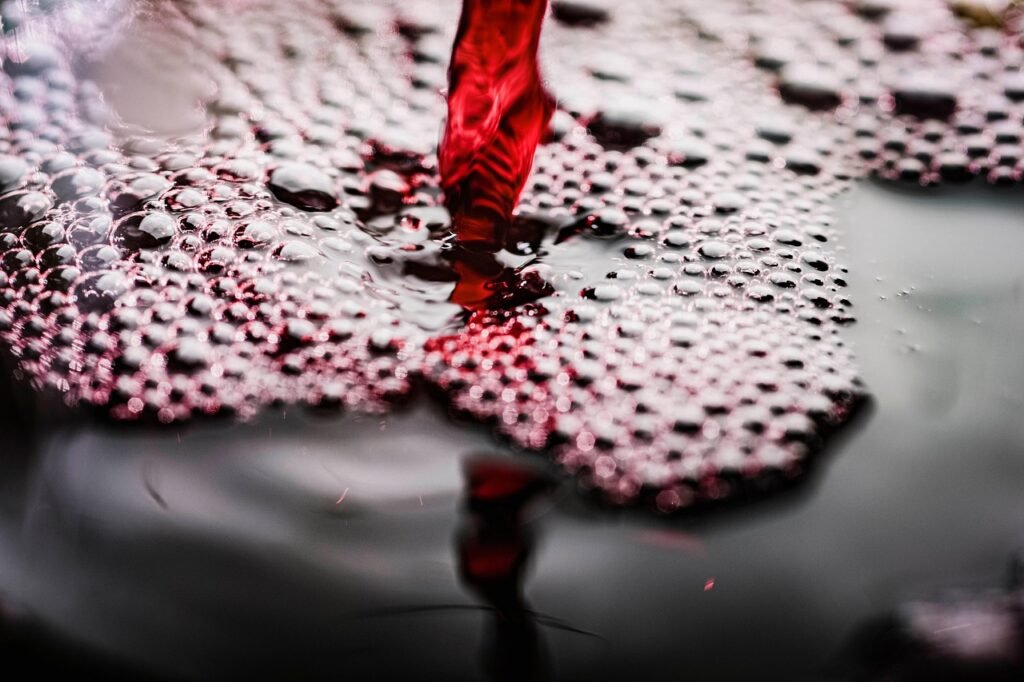
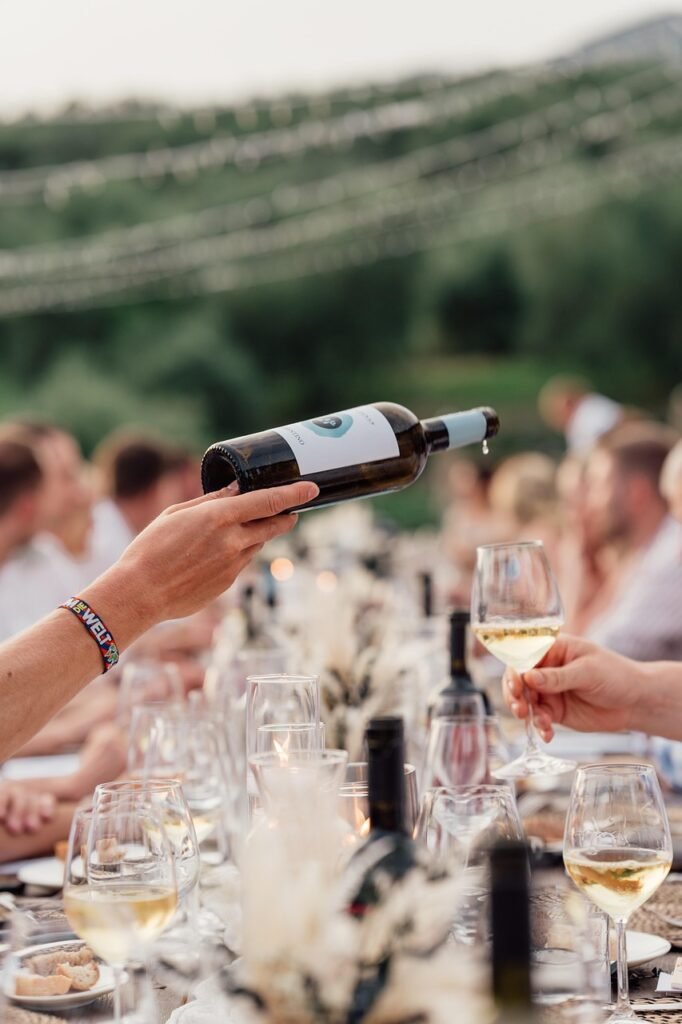
TRENDS
Where is the industry moving
Product Price Reduction
high-speed lines and smart manufacturing are pushing towards an aggressive product price decrease in the industry for commercial wine
High Margin Seek
Companies are looking to diversify their business by introducing high-value products such as “bio” and healthy drinks (analcolic wine) to push products with higher value in the supply chain, helped by marketing strategies
Impact
The environment is at the center of modern packaging manufacturing. Plastic & Energy reduction is a key to show-off the environmental friendly side, but also to reduce the cost of production. In the wine sector, the importancy lies also in the sustainability of the supply chain (agriculture, ecc..)
Planning a Bottling & Packaging line?
Check out our blog for quick, practical advice on designing an efficient packaging line—based on real industry experience.
After years of working in the bottling and packaging sector, we’ve identified some of the most common questions and challenges our customers face. To help, we’ve put together a simple, no-frills post that breaks down key considerations based on the type of container being filled.
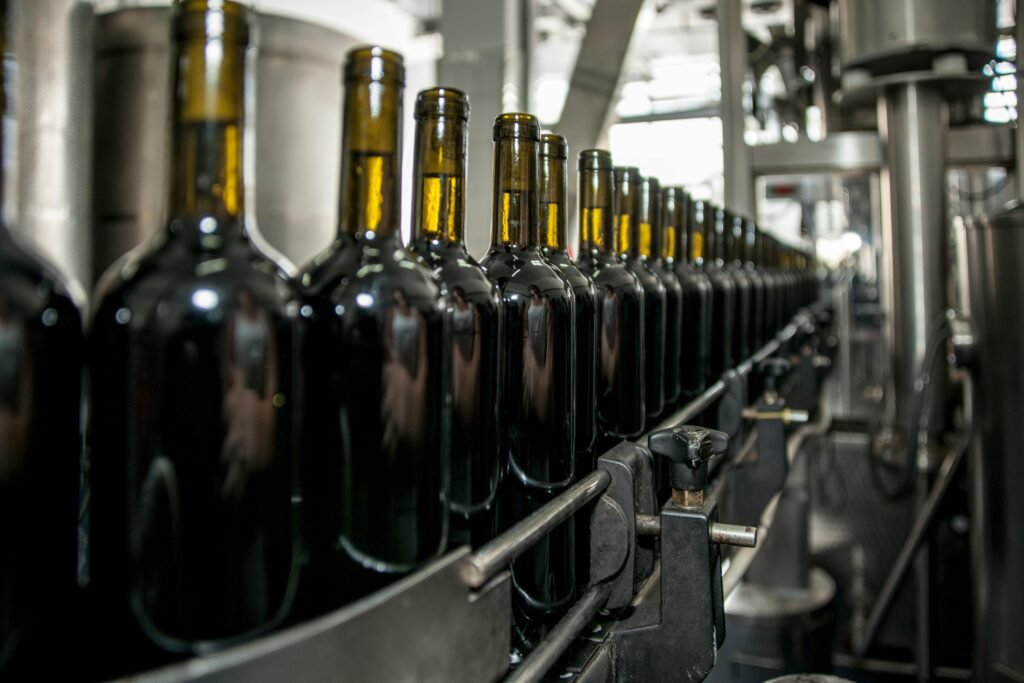
Final Thoughts about Wine Production and Bottling
Starting a wine business, whether on a craft or industrial scale, goes far beyond understanding the technical flow of the wine production and bottling process. While the fundamentals of grape harvesting, fermentation, maturation, filtration, filling, and packaging may appear straightforward in a flow chart, real-world operations introduce layers of complexity that every winery must be prepared to navigate.
One of the first challenges is capital investment: equipment for crushing, fermentation tanks, barrel aging, bottling, labeling, and quality control requires significant upfront costs, and scaling production later can mean reinvesting in larger or more automated systems. Closely tied to this is space management. Producers often underestimate how much room is needed not just for tanks and bottling lines, but also for barrel storage, cellaring, finished goods warehousing, and future expansion.
Another critical struggle lies in quality consistency. From small wineries crafting artisanal vintages to industrial operations managing high-volume runs, ensuring that every bottle meets the same taste, aroma, and shelf-stability standards is a constant effort. This requires strict attention to sanitation, reliable fermentation and filtration systems, and robust monitoring procedures. On top of that, regulatory compliance is an ongoing consideration. Depending on the region, wineries must adhere to beverage safety standards, labeling requirements, and alcohol distribution laws, each of which can influence how you set up your wine production and bottling workflow.
Finally, market positioning should not be overlooked. Boutique wineries face the challenge of standing out with unique terroirs, blends, and branding, while industrial producers must balance efficiency with sustainability and public perception. Packaging design, choice of bottles and closures, and bottling speed can all affect how a product is received by distributors and consumers. By being aware of these struggles early, businesses in wine production and bottling can make informed decisions, choose the right suppliers, and set a foundation for sustainable growth in a highly competitive industry.
Are You a Supplier?
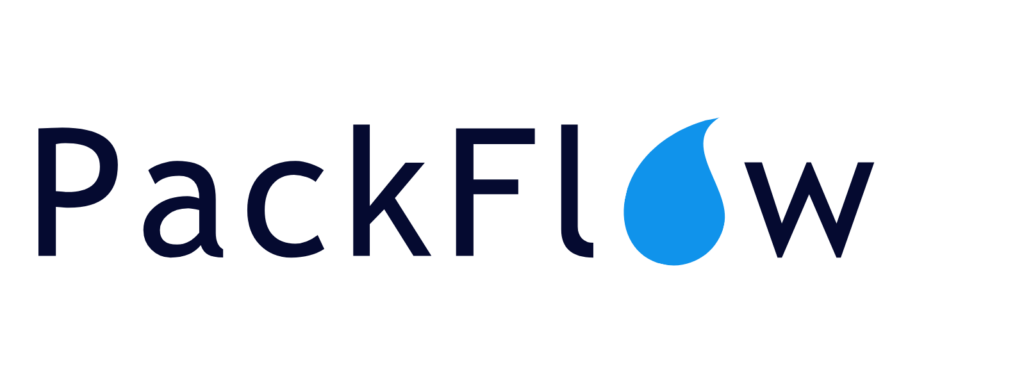
Let’s make sure you’re in our database, reach out today!


